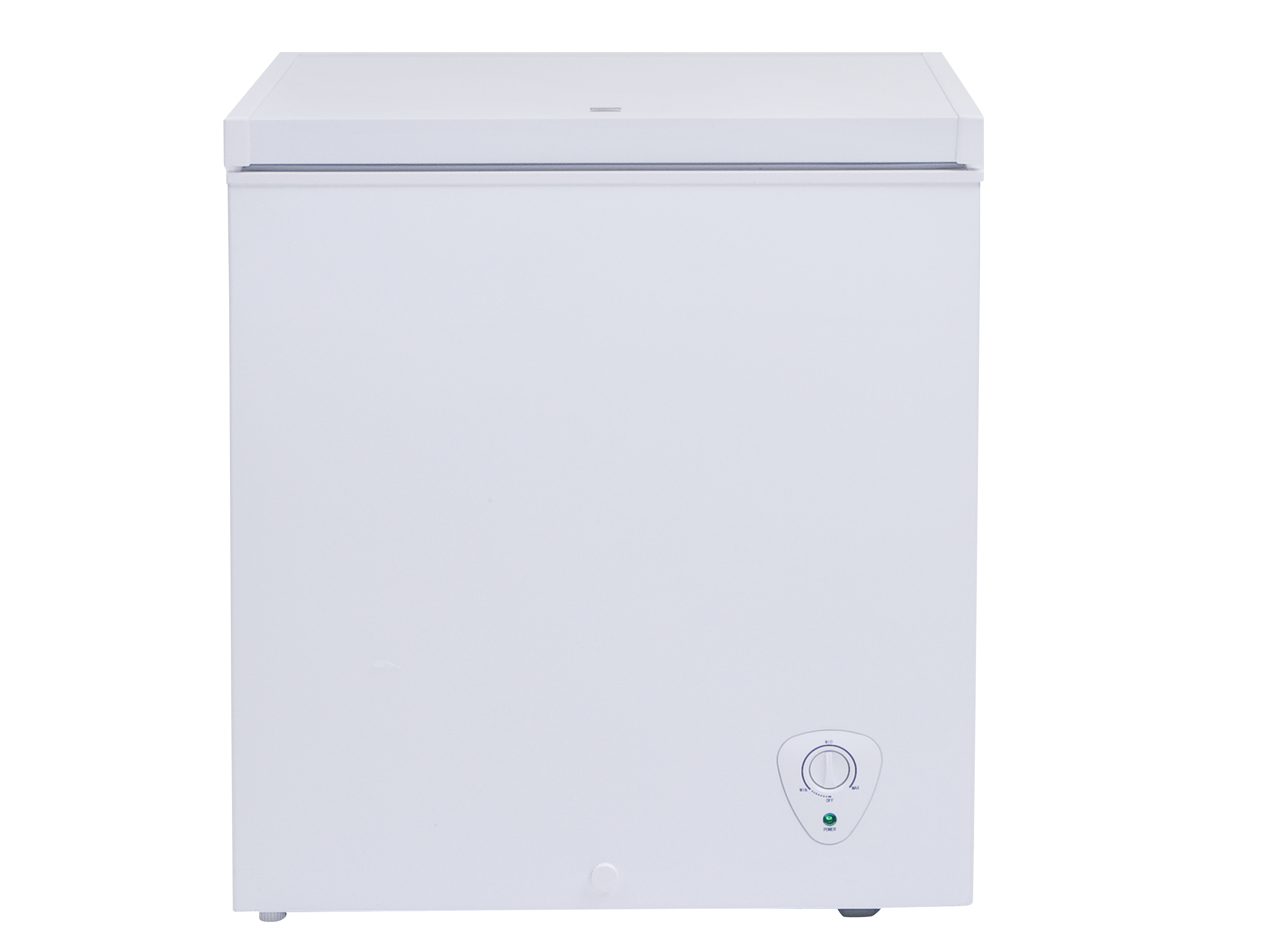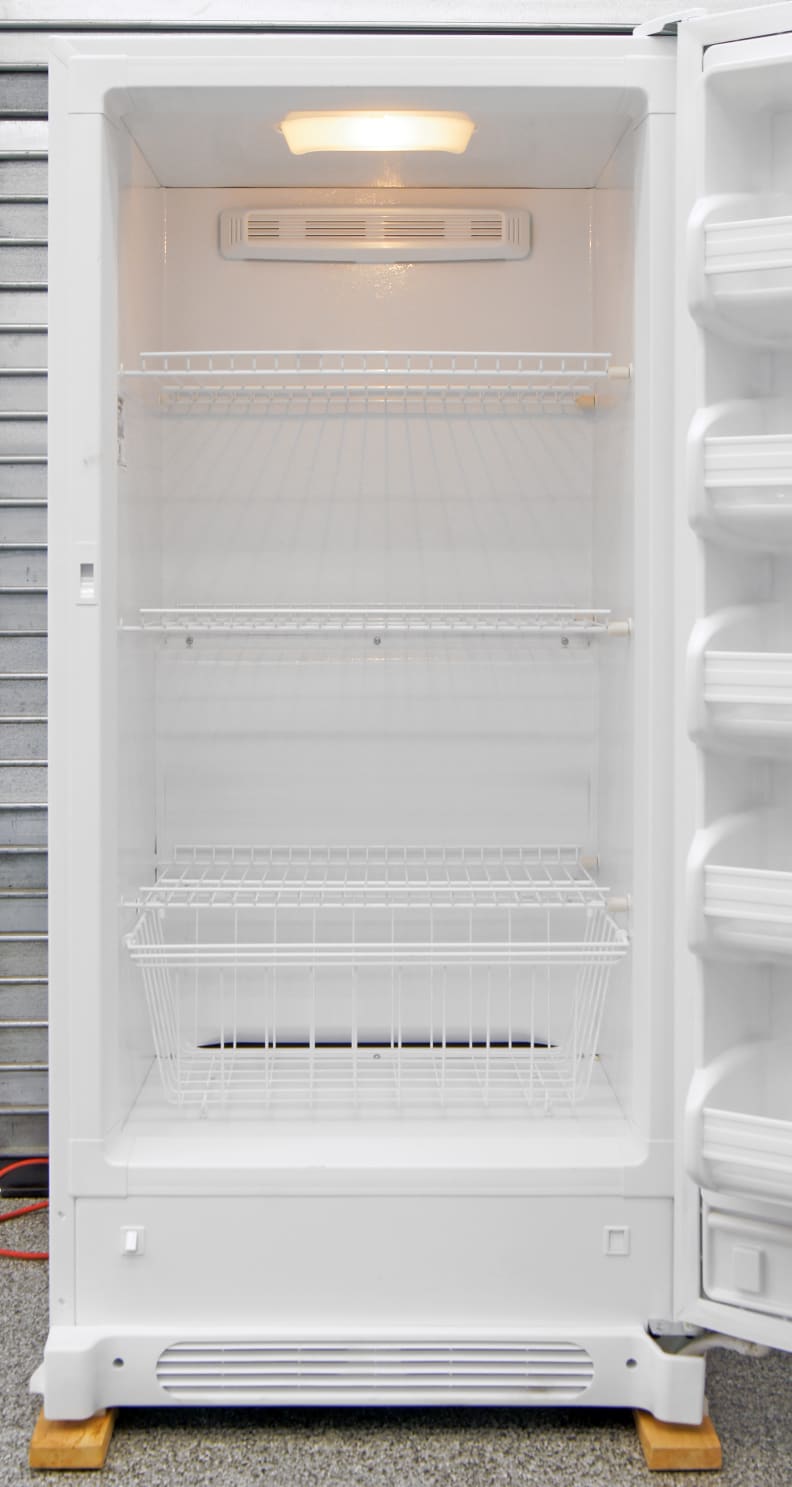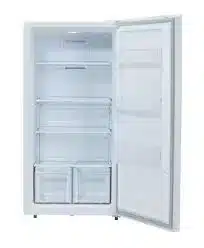Freon is a refrigerant that helps your Kenmore freezer keep your food frozen and fresh. However, sometimes your freezer may lose some of its Freon due to leaks, faulty parts or improper installation. This can affect the performance and efficiency of your freezer, and may even cause it to stop working altogether. That’s why it’s important to know how much Freon you should put in your Kenmore freezer and how to do it safely.
The amount of Freon you should put in your Kenmore freezer depends on the type and model of your freezer, as well as the type of Freon it uses. You can find this information on the label inside or behind your freezer, or in the product manual. Generally, you should fill your freezer with enough Freon to reach the optimal pressure level indicated by a gauge that you attach to the service valve.
How to Check If Your Kenmore Freezer Needs More Freon
Before you add any Freon to your Kenmore freezer, you need to check if it actually needs more Freon or if there is another problem causing it to malfunction. Here are some signs that your freezer may need more Freon:
- Your freezer is not cold enough or not freezing at all. If your freezer is running but not cooling properly, it may be low on Freon. You can use a thermometer to check the temperature inside your freezer. It should be between 0°F and 10°F for optimal food storage.
- Your freezer is making loud or unusual noises. If your freezer is making hissing, bubbling or gurgling sounds, it may indicate a leak or a blockage in the refrigerant system. You may also hear a clicking sound when the compressor tries to start but fails due to low Freon pressure.
- Your freezer has frost or ice buildup on the coils or walls. If your freezer has excessive frost or ice buildup, it may mean that the defrost system is not working properly or that the door seal is damaged. This can cause moisture to enter the freezer and freeze on the coils, reducing the airflow and cooling efficiency.
- Your freezer has oil stains or residue on the floor or walls. If your freezer has oil stains or residue around it, it may indicate a leak in the refrigerant lines or the compressor. The oil is mixed with the Freon and helps lubricate the system. A leak can cause the oil to escape and contaminate the environment.
If you notice any of these signs, you should inspect your freezer for any leaks or faulty parts that may need to be repaired or replaced before adding more Freon.

How to Repair Leaks and Faulty Parts in Your Kenmore Freezer
If you find any leaks or faulty parts in your Kenmore freezer, you should fix them as soon as possible to prevent further damage and loss of Freon. Depending on the severity and location of the problem, you may need to hire a professional technician or do it yourself if you have some basic skills and tools.
Here are some common repairs that you may need to do:
- Replace the service valve. The service valve is where you attach the gauge and the Freon canister to add more Freon to your freezer. Sometimes, this valve can get damaged or corroded and cause a leak. To replace it, you need to cut off the old valve with a tubing cutter and install a new one with a flare nut wrench.
- Solder the refrigerant lines. The refrigerant lines are the copper tubes that carry the Freon from the compressor to the evaporator and back. Sometimes, these lines can get punctured or cracked and cause a leak. To solder them, you need to use a torch, flux and solder to seal the holes or cracks.
- Replace the compressor. The compressor is the heart of your freezer’s cooling system. It compresses and circulates the Freon through the system. Sometimes, the compressor can fail due to wear and tear, overheating or low Freon pressure. To replace it, you need to disconnect the power cord, remove the back panel, disconnect the wires and refrigerant lines, unscrew the mounting bolts and install a new one.

How to Add More Freon to Your Kenmore Freezer Safely
If you have fixed any leaks or faulty parts in your Kenmore freezer, you can proceed to add more Freon to it safely. However, this is not a simple task and requires some caution and expertise. You should only attempt this if you are confident in handling a fridge and have access to proper tools and equipment.
Here are some steps that you need to follow:
- Get the right type and amount of Freon for your Kenmore freezer. As mentioned earlier, you need to use the same type of Freon that your freezer uses, which you can find on the label or the manual. You also need to get enough Freon to fill your freezer to the optimal pressure level, which you can estimate by using a formula based on the capacity and type of your freezer. For example, if your freezer has a capacity of 18 cu. ft. and uses R-134a Freon, you can estimate that it needs about 4.5 oz of Freon (18 x 0.25 = 4.5).
- Get a gauge, a bullet-piercing valve and a Freon canister. You need a gauge to measure the pressure level of the Freon in your freezer, a bullet-piercing valve to attach the gauge and the Freon canister to the service valve, and a Freon canister to supply the Freon to your freezer. You can buy these items online or at a hardware store.
- Wear protective gear and ventilate the area. Freon is toxic and can cause skin burns, eye irritation and respiratory problems if you inhale it or come into contact with it. You should wear gloves, goggles and a mask when handling Freon, and work in a well-ventilated area or outdoors.
- Install the bullet-piercing valve on the service valve. The service valve is usually located on the back or side of your freezer, near the compressor. It is a small metal tube that sticks out from the refrigerant line. To install the bullet-piercing valve, you need to place it over the service valve and tighten the screws with a wrench until it pierces the tube.
- Attach the gauge and the Freon canister to the bullet-piercing valve. You need to connect one end of the gauge hose to the bullet-piercing valve and the other end to the Freon canister. Make sure the connections are secure and tight.
- Open the bullet-piercing valve and check the pressure level. You need to turn the handle on the bullet-piercing valve counterclockwise to open it and allow the Freon to flow from the canister to the gauge. Then, check the pressure level on the gauge dial. It should be between 0 and 10 psi for most freezers.
- Add more Freon until you reach the optimal pressure level. You need to turn the handle on the Freon canister clockwise to open it and release more Freon into your freezer. Then, check the pressure level on the gauge again. Repeat this process until you reach the optimal pressure level for your freezer, which is usually between 3 and 5 psi for most freezers.
- Close the bullet-piercing valve and detach the gauge and the Freon canister. You need to turn the handle on the bullet-piercing valve clockwise to close it and stop the flow of Freon. Then, disconnect the gauge hose from the bullet-piercing valve and from the Freon canister. Cap both ends of the hose with plastic caps to prevent any leaks.
- Plug in your Kenmore freezer and test its performance. You need to plug in your Kenmore freezer and let it run for at least 24 hours before checking its temperature and performance. If everything is working properly, you have successfully added more Freon to your Kenmore freezer.

FAQs About Adding More Freon to Your Kenmore Freezer
Here are some common questions and answers about adding more Freon to your Kenmore freezer:
- Can I add more Freon myself or do I need a professional? Adding more Freon yourself is possible but not recommended unless you have some experience and knowledge in handling a fridge and using proper tools and equipment. If you are not sure what you are doing or if you don’t have access to proper tools and equipment, you should contact a professional technician who can do it for you safely and correctly.
- How often do I need to add more Freon to my Kenmore freezer? You should not need to add more Freon to your Kenmore freezer unless there is a leak or a faulty part that causes it to lose some of its Freon. If your freezer is working properly, it should maintain its optimal pressure level without needing any additional Freon.
- What are some alternatives to adding more Freon to my Kenmore freezer? If adding more Freon does not solve your problem or if your Kenmore freezer does not use Freon at all, you may need to consider some alternatives such as replacing your freezer with a newer model that uses a different cooling method or repairing or replacing other parts of your freezer that may be causing it to malfunction.



